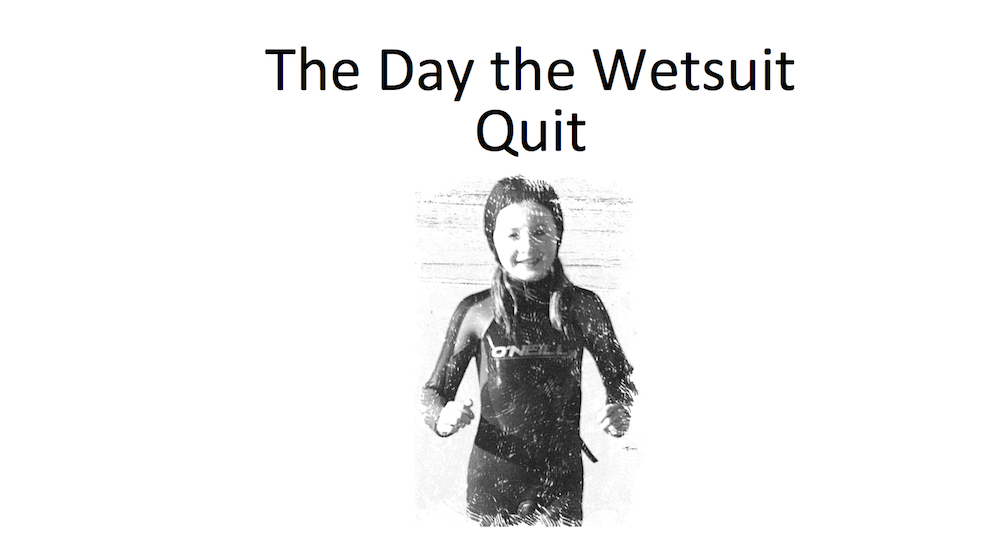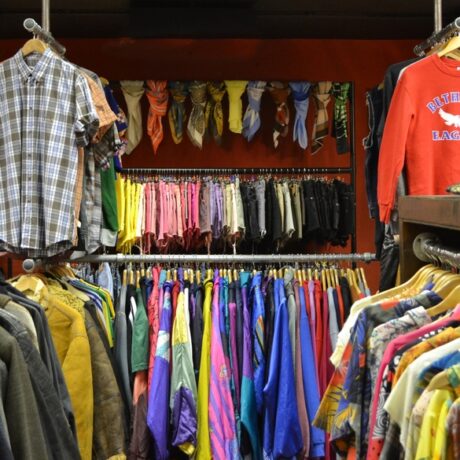What can you do when customer helplines aren’t very helpful? Behind the Scenes of Fashion Revolution’s Who Made My Clothes? course: Entry 2
Hi, in case you’ve forgotten, we’re working for the Who Made My Clothes course in partnership with Fashion Revolution on Future Learn. *Cough* still time to sign up *cough*.
This week we have been trying to find out everything (ANYTHING) about our chosen item of clothing. We’ll let you in on a little secret, it’s hard. From company’s greenwashing, emails ignored, to the fact that brands don’t know themselves where their products are made #subcontractors. Have you ever considered who sewed your zip on? No, neither have the companies who sold you your favourite pair of jeans. The list goes on of hidden human stories.
Do the “made in” labels make the task more confusing? On purpose?! You only have to do a quick google search to find out that they tell you nothing… or do they? Armed with a laptop and a cappuccino the Who Made My Clothes? office is in full detective mode.
First things first – it’s not the where, it’s the who. We have to stop berating ourselves that we can’t find a perfect link between our favourite second hand denim jacket (Lozza) and the people who made it.
The weapons in our arsenal? Brands social compliance policies (don’t trust everything you read on the internet kids), NGOs reports, news articles and investigative journalism, policy documents, resources like Fashion Revolution’s The Garment Worker Diaries, and documentaries. Seriously, there are some really good documentaries. From here we start to build up a picture of who may have made our clothes. Circumstantial evidence, yes. But some brands are more helpful than others.
Often, we’re left with no choice but to assume. Caroline has been researching into her Zara top. She emailed Zara. No response. One step forward, two steps back – frustration. Luckily her sidekick the World Wide Web was on hand. First clue – “Made in Turkey” (labels don’t tell us much, but you have to start somewhere). After some digging she found a BBC expose about the Turkish garment industry – Panorama “Uncover: The Refugees Who Make Our Clothes”. This promoted a change in search terms. Hot on the trail The Clean Clothes Campaign “Invisible Workers: Syrian Refugees in Turkey” revealed new human stories. One that struck home for Caroline followed Mahdi, a 19-year old Syrian refugee who used to study English at University in Aleppo. He now works in a Turkish garment factory twelve hours a day. Six days a week.
Making connections with the people who make our clothes is at the heart of this course. The more you search, the more you realise that they are not just faceless “garment workers”. They’re people just like us, with hopes, fears, and ambitions. Mahdi, like all us mentors, was a student.

This course suggests that we get creative to express the empathy we feel with the people who made our clothes. What would you say to them? How can you connect your story and theirs? If you’re stuck for ideas (we were) this is how diverse our approaches are. Annily is doing a vlog, Verity took inspiration from a children’s book, Lily is subverting a fashion blog format, Kate hasn’t decided (classic Kate), and course leader Ian is embroidering his Quicksilver shirt with the stories he has found. The possibilities are endless. One especially inspiring example is a Who Made My Clothes? twist on a Shakespearean sonnet by eleven year old children – if they can do it, so can we. Basically the world is our oyster.
None of us in our shiny office can truly comprehend the injustice of the exploitation Mahdi now experiences. But we can empathise. We can feel angry about it. Next week we will channel our emotions. It’s time to Do Something.
Kate Fox, Caroline Weston Goodman and Lily Petherick






